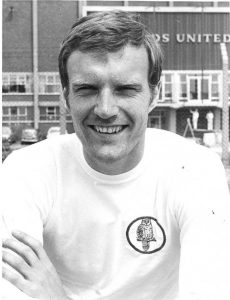
“The day I signed Paul Madeley was one of the best day’s work I ever did for Leeds United. Paul was as much responsible for the successes over the years as anyone else was.”
That was Don Revie summing up his Rolls-Royce’s contribution to the greatest period of Leeds history.
Madeley made over 700 appearances for Leeds over 18 years, while winning the First Division title twice, along with the FA Cup, League Cup and Fair’s Cup. He also collected 24 England caps.
The ultimate utility player featured in every position (apart from goalkeeper) for Leeds. That is well-documented, but what is not as well known is Madeley’s beginnings with Farsley Celtic in the early 1960s.
The West Leeds village club still to this day has a reputation for developing players and that was the case as far back as the 1950s.
Barry Smith is a name only deep Leeds United historians will be able to recall, but in September 1952, the 18-year-old made an impact comparable to Wayne Rooney’s Everton debut, with a ‘fairytale” goal in United’s 2-0 win over Fulham at Elland Road.
Supposedly bought by Leeds for £33 and a new amplifier – a claim amusingly denied by secretary Gilbert Clegg in the local paper.
Scoring on his debut for Leeds was only repeat of a trick he had done for Farsley 12 months earlier after scoring the winner in the solitary goal Yorkshire League Second Division opening day win over Brodsworth Colliery on August 18th 1951. The game is also noted as being one-time Bradford City professional George Hinsley’s (technically Farsley’s first ever manager) first game in charge.
Smith had only made seven more appearances for Farsley in the Yorkshire League when Leeds came calling. It was no surprise though as the young lad from South Elmsall had arrived with Throstle Nest with rave reviews, with suggestions Arsenal were chasing him.
Two of Smith’s Farsley team-mates also moved onto bigger things. Gordon Barker played 57 times for Southend, but is best known for playing cricket for Essex for 12 years across the 1950s and 60s.
Colin Whittaker was the other. He was signed by Sheffield Wednesday manager Eric Taylor in return for a £75 donation. Whittaker would play only once for the Owls, but carved out a decent career with over 300 Football League appearances for sides such as Shrewsbury Town, Queens Park Rangers, Bradford (Park Avenue) and Oldham Athletic.
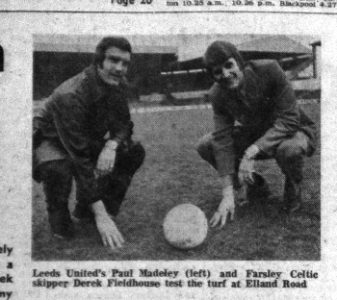
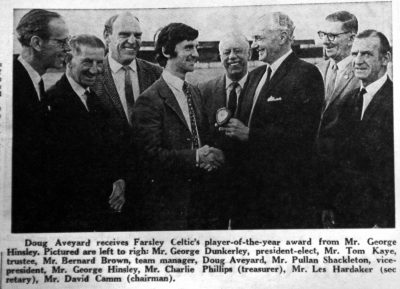
Madeley’s association with Farsley was longer than Smith’s, but still relatively short.
Reading between the lines and ignoring the incorrect spelling of his surname, it is likely the club expected him to go onto higher climbs quite quickly when they signed him in the summer of 1961.
In the local paper, it said: “As well as the old faces Celtic welcome many newcomers. One new member, of special note, is 17-year-old Paul Maleby, who has had experience of top-class amateur football with the Yorkshire Schoolboys X1. He has also had a trial for the England Youth Team. Paul’s old club South Leeds, must watch him leave with regret. Unfortunately, Paul has not been able to be present at the Throstle Nest training sessions as he is at present on a football tour in Germany.”
Hopes were clearly high for Madeley, but he had to wait a few months before his first team debut. The reasons for that are unclear, but in those days, Farsley had a selection committee. Hinsley was literally the coach.
The chance eventually came on Remembrance Day 1961, alongside his brother Mick who was also made his debut in the 5-1 away Yorkshire League Division One defeat to Scarborough Reserves. Mick got the Celts’ goal.
From a goals point of view, Mick would set the world alight with further goals in the following victories over Frickley Colliery and Grimethorpe.
Paul still wowed spectators during his six month stint in the Yorkshire League, helping Farsley finish fourth, 13 points behind champions Stocksbridge Works.
Although Farsley is where he was playing men’s football, it was playing for Leeds City under 18s that triggered his move to Elland Road. Following a match against Leeds United juniors, Revie went straight round to Madeley’s home address and offered him a deal. That was May 1962. Almost two years later he made his debut and the rest is history.
Madeley’s move to Leeds was the final act of Hinsley’s 11-year reign as team coach. He stood down around the same time to take over at Salts, a club closer to his Bradford home. His replacement was David Camm, a firm fixture on the Leeds local football scene for the next 50 years.
Brother Mick continued to play for Celtic for a few more seasons. With their other brother John, the former Halifax Town chairman, they went onto to run a very successful Paint and DIY business until that was sold for millions in the 1980s. John was also Farsley’s president from the late 1980s until 1991 when his stewardship ended rather colourfully.
Paul, diagnosed with Parkinson’s Disease in 2004, returned to Farsley with the Parkinson’s Disease Society whose logo was emblazoned on a Celtic Junior Team’s jerseys in 2009.
He passed away in 2018, aged 73.
Sources used include: The Leeds United Rolls-Royce: The Paul Madeley Story (2003) and The Who’s Who of Leeds United (2014).

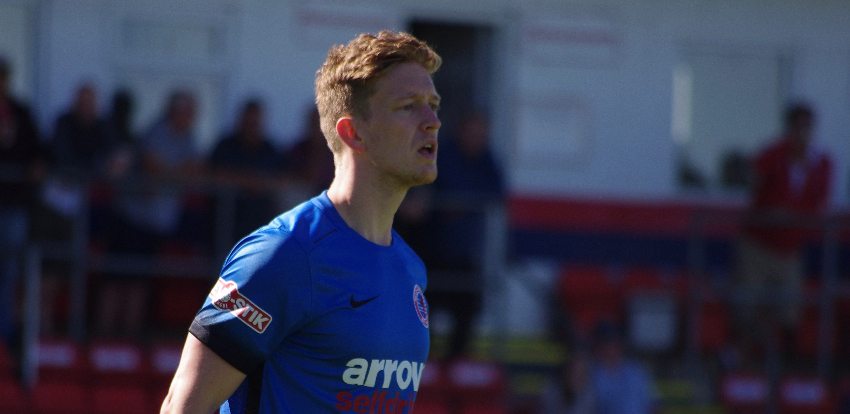
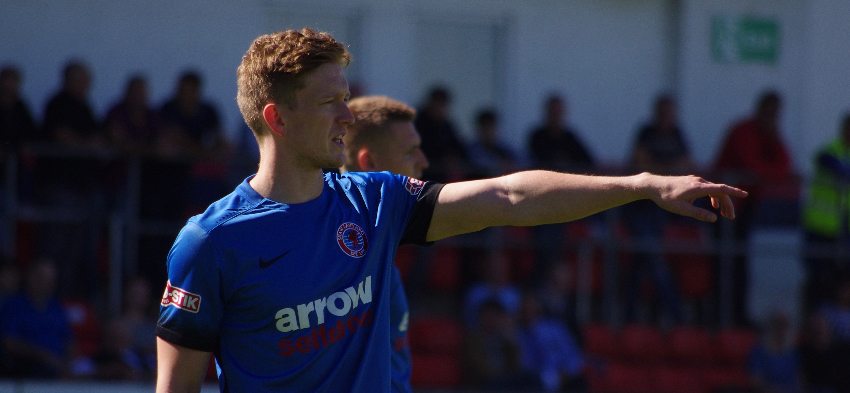
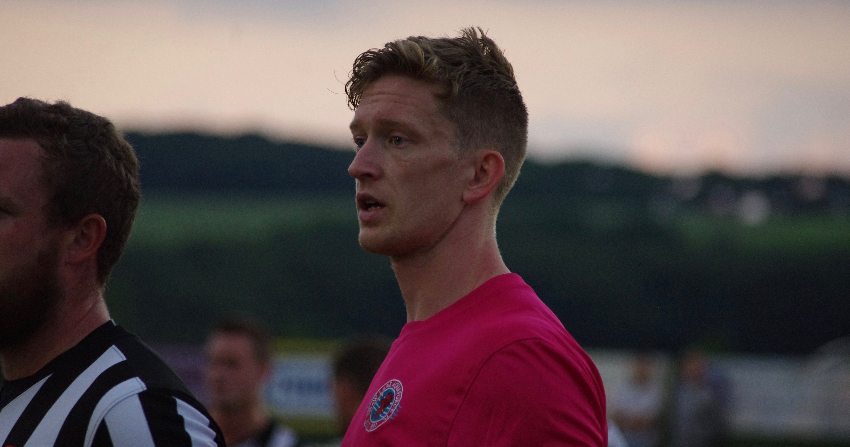
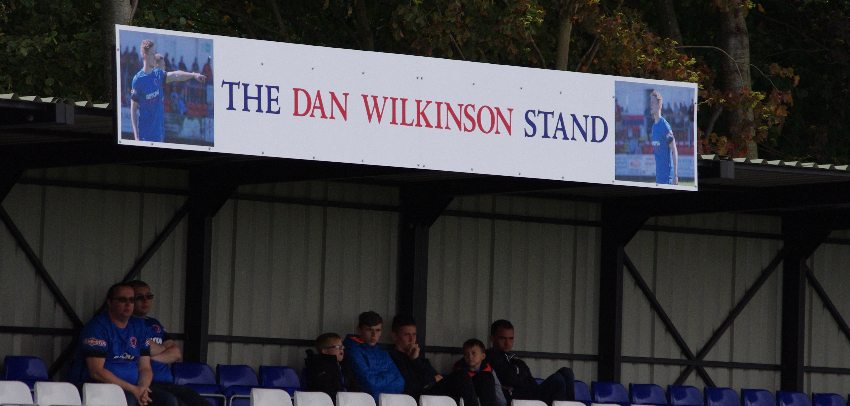
My father in-law played with Paul madeley dose any one have any pictures or know him, Barry Haxby played for farsley Celtic Thank you
I remember Barry Haxby during the late 1960s. He was a skilful and hard tackling full back from memory and would have a bottle of Newcastle Brown Ale under his seat in the changing room, ready to drink straight after a home game. I joined the club in 1966 and made my debut in the first team at Mexborough as a 17yo. Although a first team squad member under Dave Camm the majority of my matches were in the reserve team, before I left in March 1969 to play in Australia.